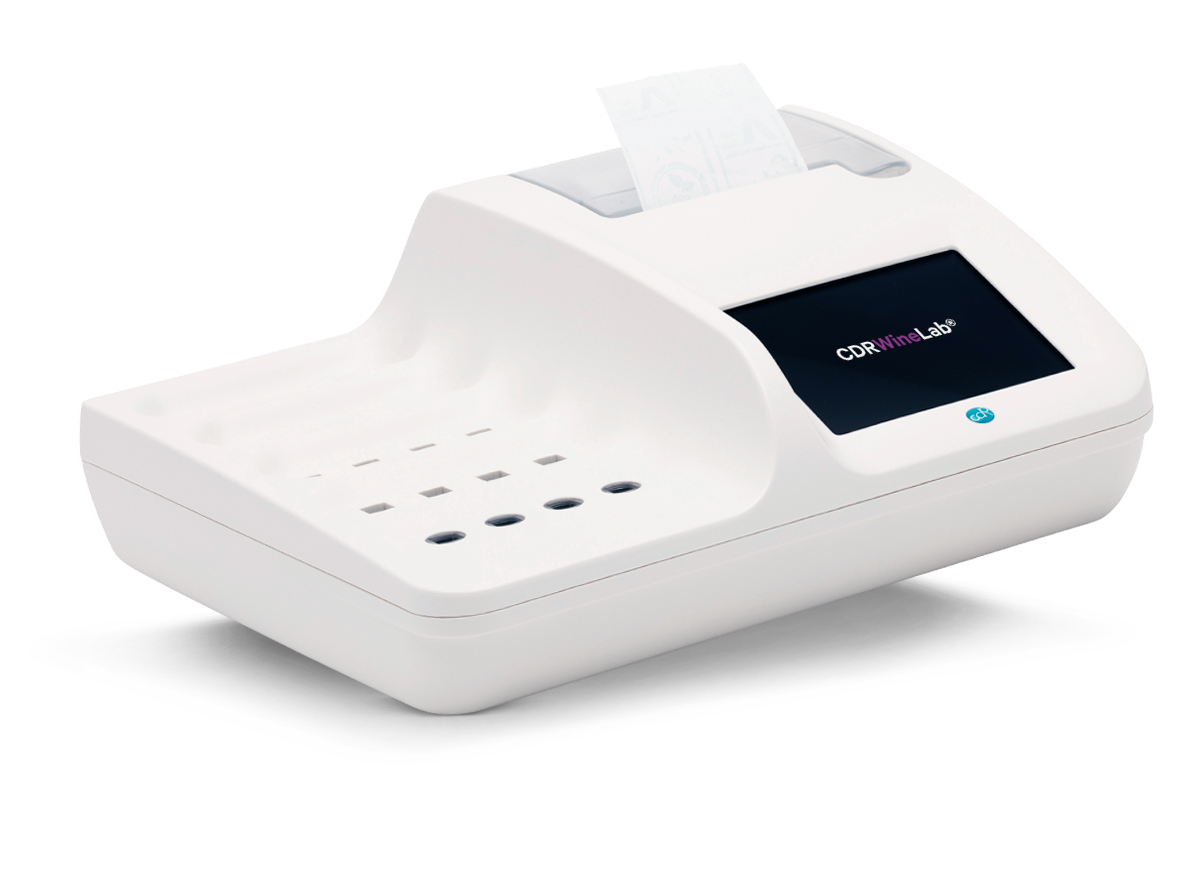Determination of the Calcium in wine and must
Calcium levels at values of around 70 – 80 mg/L expose wines to tartaric instability. In this sense, the chemical analysis of calcium is very important to avoid the precipitation of calcium DL tartrate in the bottle. The precipitation of this salt is an increasingly frequent phenomenon due to an increase in the concentration of Ca²⁺ in the must following the now known phenomenon called “Climate change”. The testing of calcium in the must also assumes considerable importance in the treatment of the must with potassium DL tartrate (Oeno 42/2000) with which it is possible to reduce the calcium content in the must, thus significantly reducing the risk of tartaric instability of the future wine.
Method
Test Principle
Calcium ions react with the chromogen present in the reagent and generate coloured complexes whose absorbance measured at 580 nm is proportional to the concentration of the analyte present in the sample.
Calibration Curve
The calibration curve was formed using wines and musts. The trend of the curve confirms an excellent linearity of the system over the entire measurement range.
...
Reagent test Kits
Measuring range
| Analyses | Measuring range | Resolution | Repeatability |
|---|
The Analyzer for process and quality control in winemaking
CDR WineLab®
- Complete analysis panel, supplied already configured
- Up to 16 determinations simultaneously
- Possibility of carrying out analyses of the same sample
- Integrated printer
- Full connections (LAN - USB - Bluetooth barcode/QR code reader)
